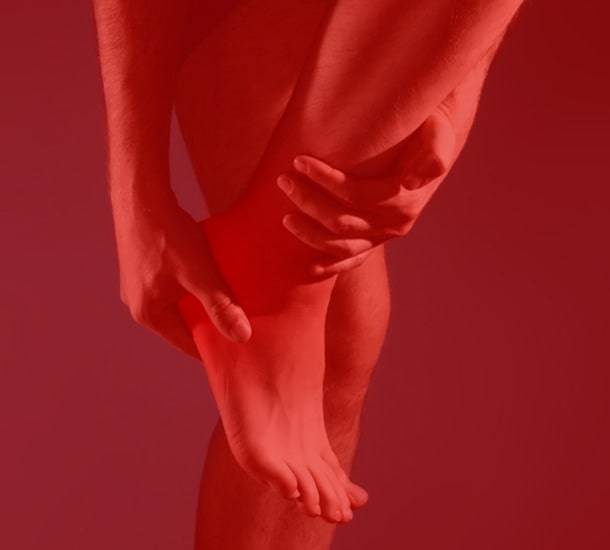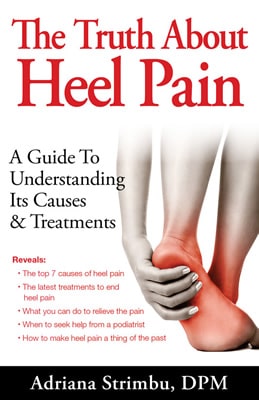
Big toe pain frequently affects the metatarsophalangeal, or MTP, joint. One common cause of big toe pain is biomechanical issues, where improper alignment of bones, ligaments, and tendons leads to increased pressure on the joint. This misalignment may be due to poor posture or wearing ill-fitting shoes. It can shift weight distribution and result in inflammation and cartilage damage. Conditions like bunions and turf toe exemplify biomechanical problems. Bunions occur when the big toe pushes against the second toe creating a bump on the side of the foot. Turf toe is an injury from overextending the big toe by pushing off it with force, common among athletes. Another significant cause of MTP joint pain is arthritis, including gout, osteoarthritis, rheumatoid arthritis, and psoriatic arthritis. Gout is caused by uric acid crystals accumulating in the joint, leading to flare-ups of intense pain. Osteoarthritis involves cartilage breakdown that causes bones to grind together. Rheumatoid arthritis and psoriatic arthritis are autoimmune conditions that result in joint inflammation. Risk factors for MTP joint pain can include chronic inflammatory conditions, poor footwear choices, and abnormal foot positioning. If you are experiencing joint pain in the big toe, it is suggested that you schedule an appointment with a podiatrist for an exam and treatment options.
Toe pain can disrupt your daily activities. If you have any concerns, contact Adriana Strimbu, DPM of Complete Foot & Ankle Care. Our doctor can provide the care you need to keep you pain-free and on your feet.
What Causes Toe Pain?
Most severe toe pain is caused due to a sports injury, trauma from dropping something heavy on the toe, or bumping into something rigid. Other problems can develop over time for various reasons.
Toe pain can be caused by one or more ailments. The most common include:
- Trauma
- Sports injury
- Wearing shoes that are too tight
- Arthritis
- Gout
- Corns and calluses
- Hammertoe
- Bunions
- Blisters
- Ingrown toenails
- Sprains
- Fractures (broken bones)
- Dislocations
When to See a Podiatrist
- Severe pain
- Persistent pain that lasts more than a week
- Signs of infection
- Continued swelling
- Pain that prevents walking
Diagnosis
In many cases the cause of toe pain is obvious, but in others, a podiatrist may want to use more advanced methods to determine the problem. These can range from simple visual inspections and sensation tests to X-rays and MRI scans. Prior medical history, family medical history, and any recent physical traumatic events will all be taken into consideration for a proper diagnosis.
Treatment
Treatments for toe pain and injuries vary and may include shoe inserts, padding, taping, medicines, injections, and in some cases, surgery. If you believe that you have broken a toe, please see a podiatrist as soon as possible.
If you have any questions please feel free to contact our office located in Hallandale Beach, FL . We offer the newest diagnostic tools and technology to treat your foot and ankle needs.





